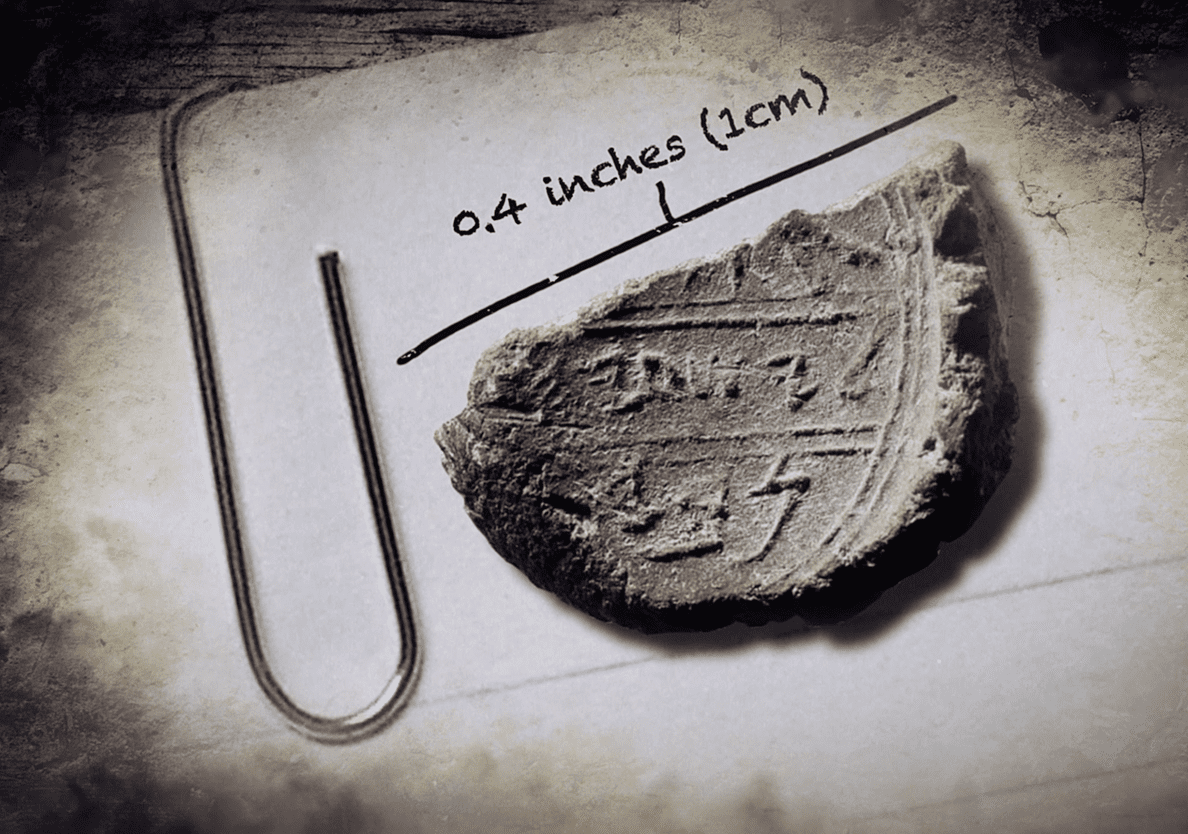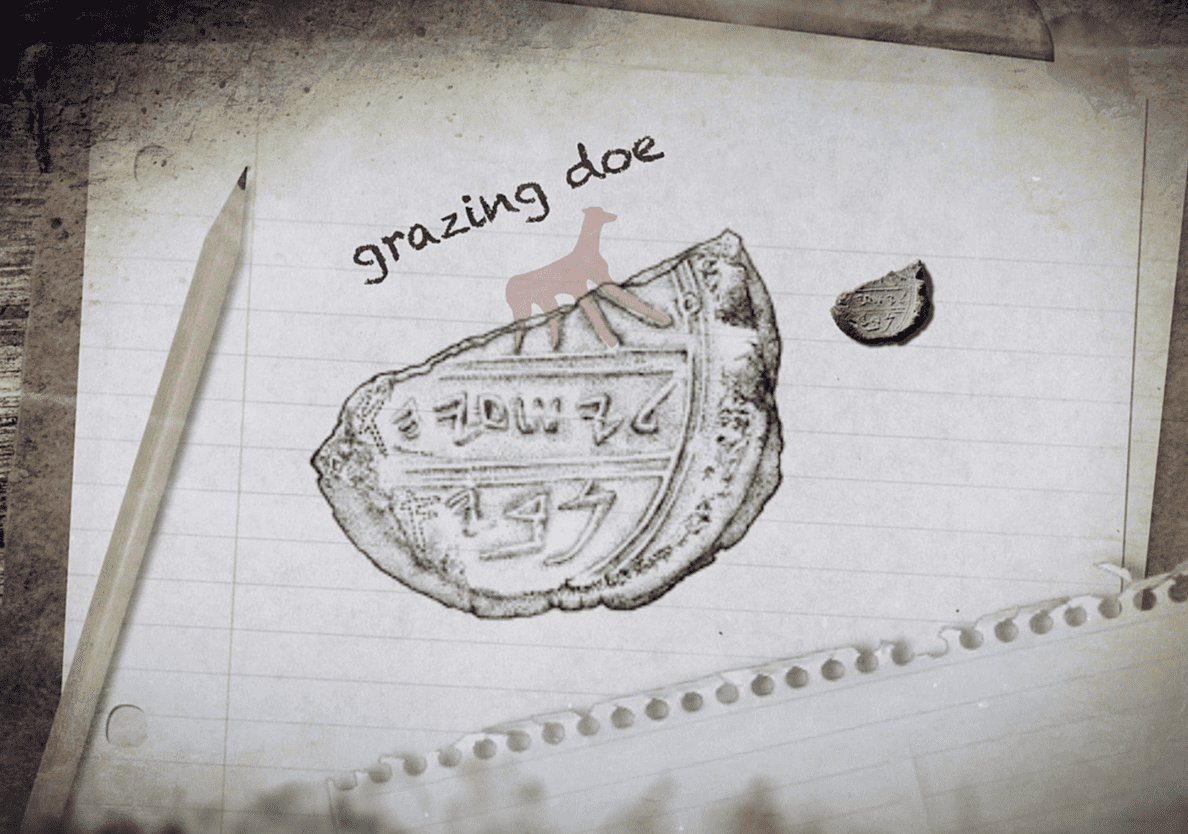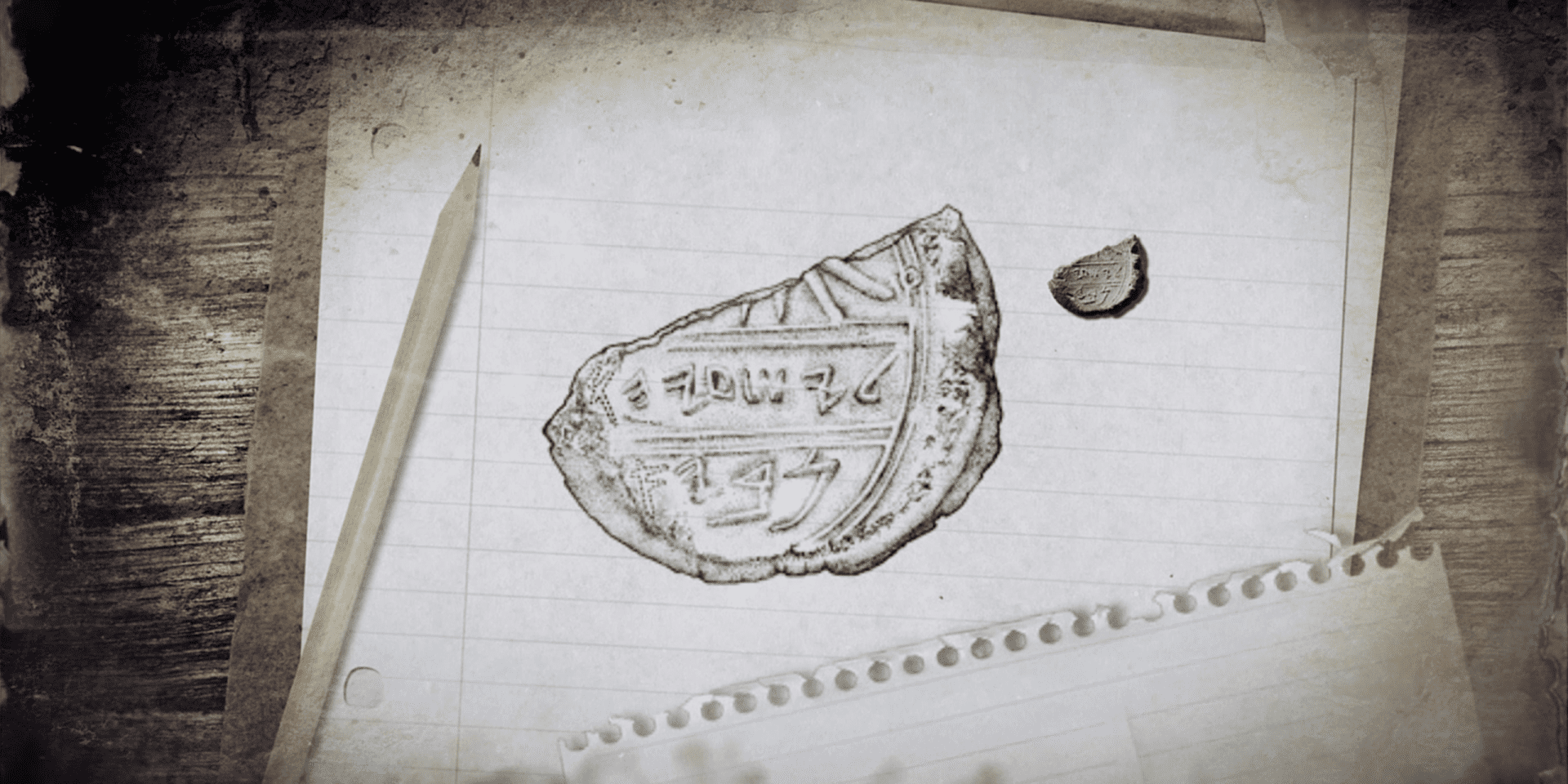Recently, a clay bulla has been found which may be the signature of the Biblical prophet Isaiah! A bulla is an impression from a signet seal on a small lump of clay. Bullae were commonly used in the Biblical world to seal documents or parcels, and could even be given alone, as a type of receipt. These bullae are also quite small, often measuring around half an inch in diameter. This seal of Isaiah is no exception, measuring in at 0.4” in diameter, and divided into three horizontal registers, it is tiny but packs a potentially Biblical punch.
It was found in an excavation in Jerusalem’s Ophel area, the area that ascends from the City of David to the Temple Mount. Near to a building identified as a Royal Bakery that met its end during the Babylonian destruction (586 BC), excavations took place that saw the all the remaining dirt from the dig wet sifted. Water was used to push the dirt through fine sieves, and as a result 34 tiny bullae were identified. One was familiar to archaeologists already, it belonged to Hezekiah the King of Judah (2 Kings 18; 2 Chronicles 29-32; Isaiah 36-39). This along with the discovery of several specially marked storage jar handles (known as lmlk handles) that are dated to Hezekiah’s reign help secure a date for the other bullae.
“Archaeologists and lay people alike have been thrilled by this small lump of clay that may have come in contact with both Isaiah and Hezekiah.”
The Isaiah Bulla is damaged on its left and upper sides. What’s remaining of the upper register looks to be a grazing doe. This symbol is known from other signet seals dating from the same time period and found in Judah and Jerusalem, so it’s believed to be a popular motif that symbolized protection and blessing.
The middle register is damaged, but it clearly identifies the owner; it reads, “belonging to Isaiah”. The lower register is also damaged, but the preserved word either reads “prophet” or is another personal name. If this word was “prophet”, then there is a missing letter in the damaged area. If this word does not read prophet, it may have been meant to be the owner’s father’s name. But the issue here is that there is plenty of room to write “son of” before the name, and the space was left blank.


The alternative option is that it could also be seen as a place name, NVY is a known Biblical city of priests (Isaiah 10:32). However, no known seal records both a personal and a place name on the same seal, and if so, this seal would be unique indeed. So, it remains unlikely.
Due to the damage, a conclusive answer can’t be given, it must remain speculative until another bulla from the same seal is discovered that fills in the blank. For now, archaeologists and lay people alike have been thrilled by this small lump of clay that may have come in contact with both Isaiah and Hezekiah. The potential seal translation is “Belonging to Isaiah the Prophet”.

Corie Bobechko is a daily co-host, speaker, and writer of Bible Discovery. She also hosts a YouTube channel that shows how history and archaeology prove the Bible. Her heart for seekers and skeptics has led her to seek truth and share it with others. Corie also has a Bachelor of Theology from Canada Christian College.






